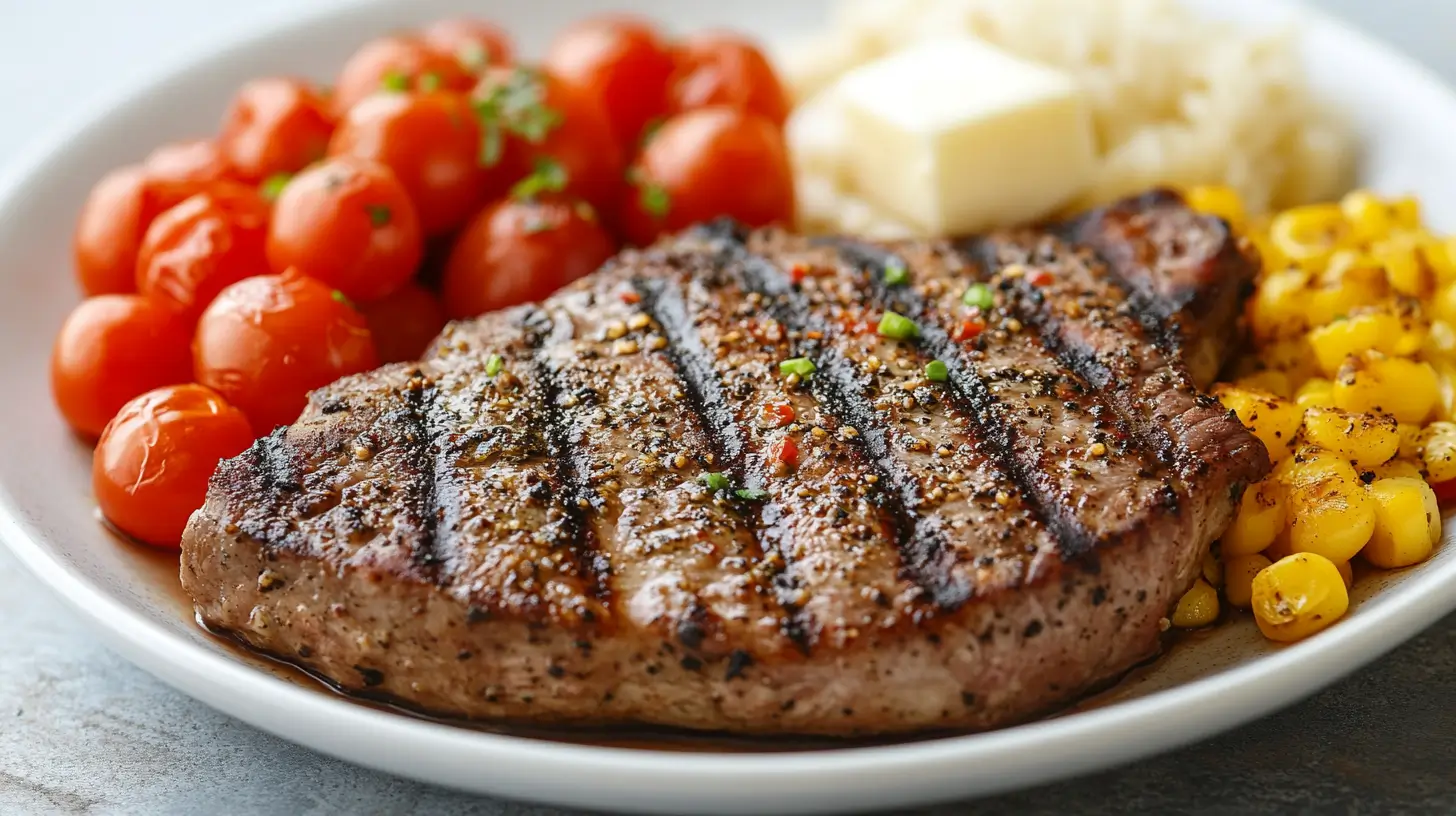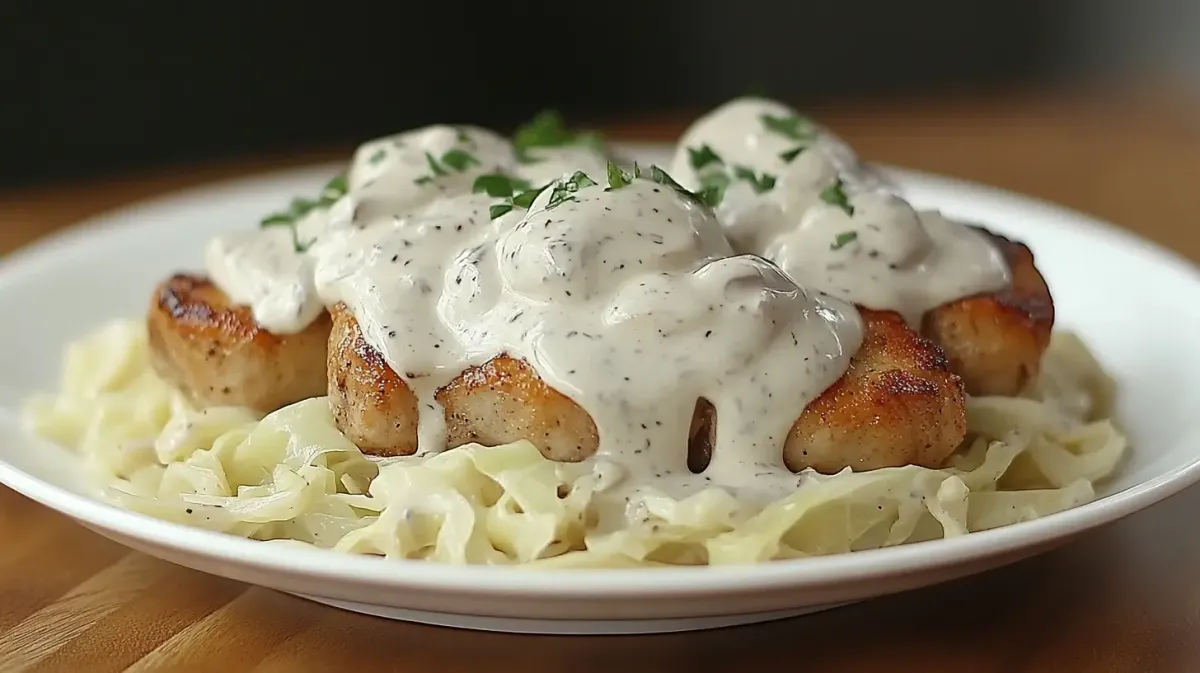- Home
- Calories in Pork Chops
- Calories in Pork Chops Cooked with Butter or Oil
Calories in Pork Chops Cooked with Butter or Oil
How to Cook Pork Chops: Calories in Butter vs. Oil Methods. Get healthy tips and calorie counts for perfect pork chops.

A Little Love for the Humble Pork Chop
Let’s talk about something dear to my heart: the quintessential pork chop. This versatile cut of meat can transform a simple weekday dinner into a hearty feast, especially when you prepare it with a delightful splash of butter or oil. As a home cook who's ventured through countless recipes and fats to find that perfect sear, I can confidently guide you through the caloric implications of these two popular cooking fats, ensuring that we balance health-conscious choices with mouth-watering flavors.
Nutritional Overview of Pork Chops
Before delving deep into the nuances of cooking with butter or oil, it’s important to establish a base understanding. A typical serving of pork chop, which is about 3 ounces (85 grams) of cooked meat, contains roughly 220 calories. It's a great source of high-quality protein and essential nutrients like B vitamins, zinc, and more. However, the calorie count can vary significantly based on the addition of fats like butter or oil.
Impact of Cooking with Butter
Cooking with butter isn’t just about adding flavor; it’s about creating a rich, caramelized crust that can make your taste buds dance. While irresistible, it’s helpful to know that butter contains about 102 calories per tablespoon along with 11.5 grams of fat. Cooking a pork chop in butter can add a significant number of calories, depending on how much you use:
- Light Butter Coating: Adds roughly 34 calories per chop if using roughly a teaspoon
- Generous Butter Basting: Can add around 102 calories if using one tablespoon
Despite the additional calories, the flavor and crust you achieve by cooking pork chops in butter are often worth it, particularly for a special occasion!
Opting for Cooking Oils
Various oils offer different flavors and smoke points, but for simplicity, let’s stick to common options like olive oil or vegetable oil. Calorically, these oils are similar to butter, providing about 120 calories per tablespoon. Here’s how using oil might stack up:
- Using a Light Drizzle: A teaspoon of oil (around 40 calories) often suffices for pan-searing and can help you achieve that desired golden-brown crust.
- More liberal usage: Using a tablespoon (around 120 calories) is common when ensuring even cooking and flavor for your pork chops.
The key with oil is finding one that complements the natural flavor of pork without overpowering it, and that holds up well to the cooking temperature you prefer.
Comparing the Two: Which Is Healthier?
When it comes to choosing between butter and oil, it’s more about preference and specific dietary needs than a definitive 'better' option. For those watching their saturated fat intake, plant-based oils like olive oil might be a better choice. They offer monounsaturated fats, which are known to be heart-friendly and have higher smoke points for potentially safer cooking.
Cooking Tips for Perfect Pork Chops
Whether you decide on butter or oil, here are a few tips to ensure juicy, delicious pork chops:
- Proper Temperature: Let your pork chops reach room temperature before cooking to ensure even cooking.
- Patience Is Key: Don’t rush searing your pork chops; let them develop a good crust before flipping.
- Resting: Allow your chops to rest for a few minutes after cooking to redistribute the juices throughout the meat.
Exploring Flavor Beyond Calories
While it's great to be calorie-conscious, don't forget that eating is also about enjoyment and nourishing the body and soul. Experiment with herbs, spices, and cooking techniques that can enhance the natural flavor of pork chops without significantly adding to the calorie count.
The Takeaway
Whether you choose butter or oil, cooking pork chops at home can cater to your nutritional preferences and flavor desires. So, next time you’re at the stove with a pair of beautifully marbled pork chops, remember that a well-cooked meal not only fills the stomach but also warms the heart. Happy cooking!



